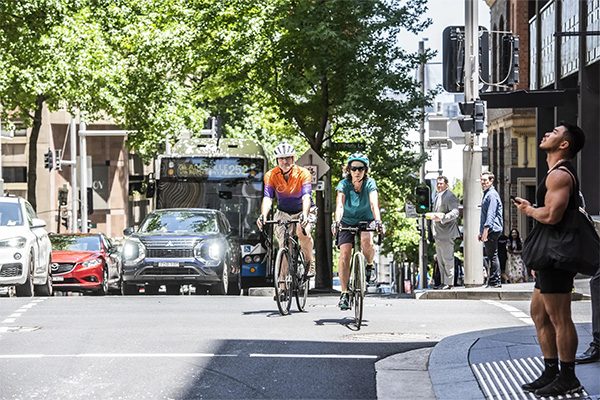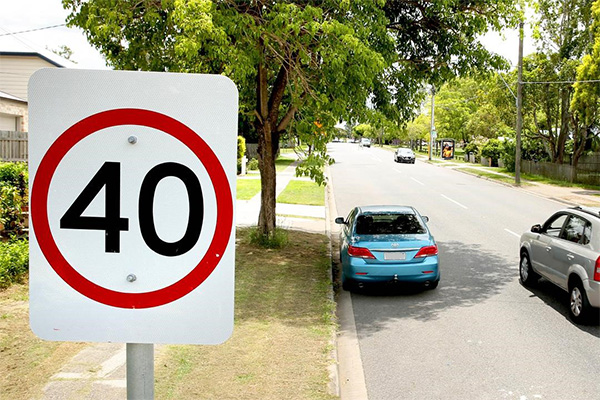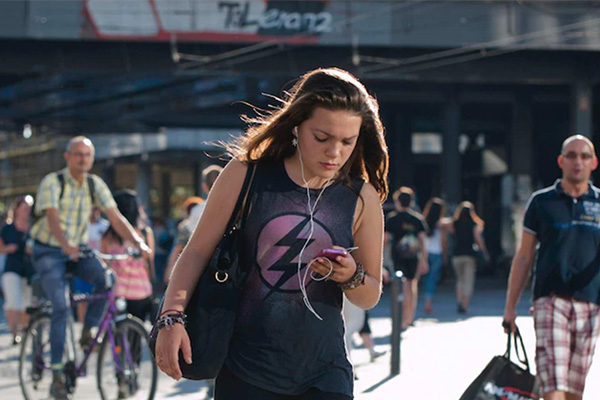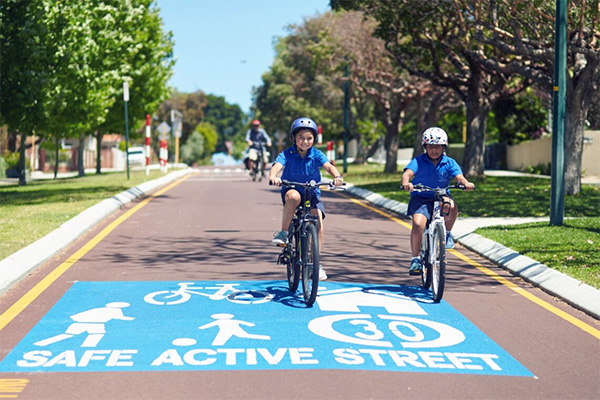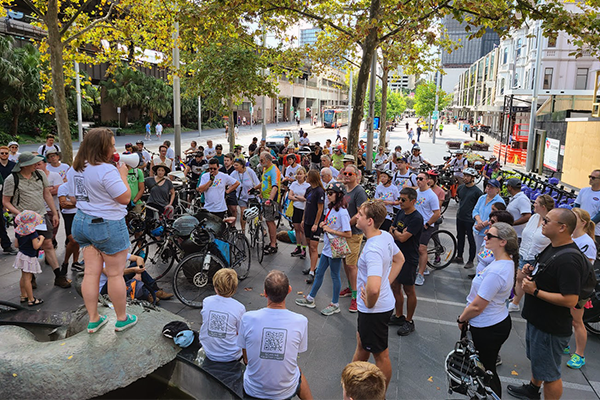There is no argument that slowing vehicles will saves lives. Research from around the world shows that a 1% reduction in speed leads to a 4% reduction in fatalities.
Many people who drive are sceptical about changes to speed limits for cars. They have understandable concerns about what speed limits mean for travel time. Need more evidence? Read this great mythbusting article from New Zealand.
Bicycle NSW has long urged the NSW Government to set lower and more appropriate speed limits on all types of roads. And this was – thankfully - a key commitment from the 2024 Road Safety Forum.
Other walking and cycling advocacy groups are beating the same drum. Bicycle NSW has collaborated for several years with WalkSydney, 30Please and Better Streets to call for 30km/h speed limits to be rolled out in areas of high pedestrian activity, on mixed traffic cycle routes and around schools.
NSW Centre for Road Safety found that in a crash between a car and somebody walking, there is a 10 per cent risk that the person will be killed at 30 km/h, 40 per cent risk at 40 km/h, and a 90 per cent risk at 50 km/h.
When balancing travel times for typical urban trips with a better outcome for pedestrian safety, 30km/h emerges as a sweet spot (Image: Cities Safer by Design and ADAC Tempo 30 Pro Contra)
30km/h on Local Streets was chosen as one of the Big Ideas for the 2023 Sydney Summit. 30Please founder Lena Huda did a fantastic 5-minute pitch and generated extensive media coverage. Check out the clips from the presentation and press interviews here.
It is relatively easy and inexpensive to physically reduce speeds on neighbourhood streets and around urban centres using signage and enforcement. In terms of Return-On-Investment, there is no cheaper way to save lives.
And of course, the benefits extend beyond reduced injuries. Slower traffic encourages more walking and cycling. Businesses have more passing trade. Citizens are more physically active with knock-on gains for the health budget. There is less pollution and less need for car parking – leaving more space for trees and places to sit. Cities become more liveable.
Even though 30km/h is implemented in walking and cycling friendly countries and cities all over the world, politicians in Australia will need to hear from you that you are willing to slow down to 30km/h in local streets.





